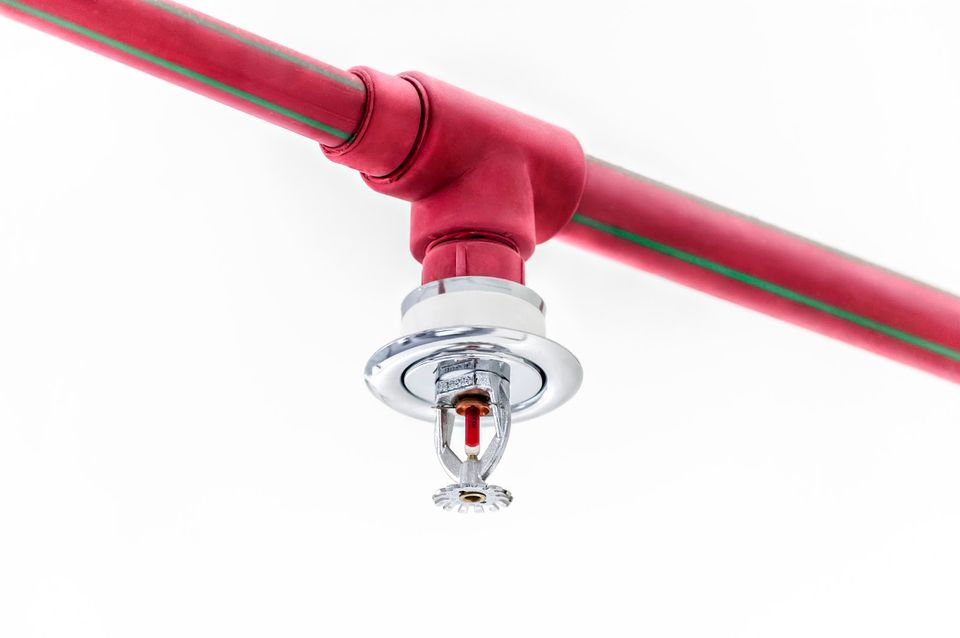Why Fire Suppression Pipes Fail
1. Corrosion: Fire suppression pipes can fail due to corrosion, especially if they are made of materials that are susceptible to rust or decay over time.
2. Freezing: In colder climates, pipes may freeze, leading to cracks or bursts that compromise the integrity of the fire suppression system.
3. Mechanical damage: Physical damage, such as accidental impacts or construction activities, can cause pipes to fail by creating leaks or fractures.
4. Material defects: Pipes may have manufacturing defects or flaws that become apparent over time, contributing to failures in the fire suppression system.
5. Blockages: Accumulation of debris, sediment, or mineral deposits within the pipes can obstruct water flow, hindering the effectiveness of the fire suppression system.
6. Lack of maintenance: Inadequate maintenance practices, such as neglecting inspections or not addressing issues promptly, can lead to deterioration and eventual failure of the pipes.
7. Water hammer: Rapid changes in water flow or pressure, known as water hammer, can weaken pipes over time, potentially causing them to fail.
8. Age: Like any infrastructure, fire suppression pipes have a finite lifespan, and aging pipes may become more prone to deterioration and failure.
9. Incorrect installation: Improper installation, including issues with pipe connections, supports, or alignment, can compromise the structural integrity of the fire suppression system.
10. Chemical exposure: Exposure to corrosive chemicals or substances can accelerate the degradation of pipes, leading to failure over time.


